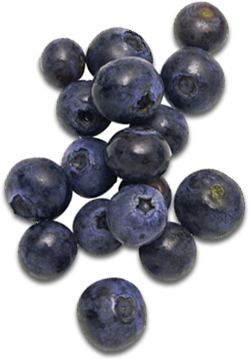no items to display
If you like spicy foods, you’re in luck! Several recent studies have found spicy foods provide a wealth of health benefits, including promoting cardiovascular health and balancing blood sugar![1]
Spicy peppers are famously known for improving cardiovascular and metabolic health. Capsaicin, the active constituent in hot peppers, acts on blood vessels. “[I]t can cause them to dilate, which can lead, to some degree, to blood pressure lowering,” explains Dr. Michael Miller, author of Heal Your Heart: The Positive Emotions Prescription to Prevent and Reverse Heart Disease.[2]
Capsaicin may also help the body convert white fat to brown fat, which burns calories more efficiently. That’s the conclusion of an animal study conducted at the University of Wyoming.[3] When mice were fed a weight-inducing high-fat diet that also contained capsaicin, they did not gain weight.
Which peppers contain capsaicin? All hot peppers do, but bell peppers and black peppers don’t. If you’re looking for something to sprinkle on your food to kick up the heat, try cayenne pepper, crushed red pepper (made from red chili peppers), or chili powder. For peppers that you can buy fresh or canned and cook with, try these. (Keep in mind when cooking with peppers, the smaller the pepper, the hotter it is.)
- Anaheim peppers are mildly spicy maroon or green peppers. They are used in the canned green chilies often included in enchiladas.
- Jalapeños are medium-sized red or green peppers and are slightly hotter, but not overwhelming for most people. They are often used in Mexican dishes or stuffed with cheese, but you can also grill them or mix them into scrambled eggs or stir fries.
- Serrano peppers are small (less than two inches), red or green, and very hot. They are often used to make pico de gallo-style fresh salsa.
- Habañeros are the hottest of commonly used peppers. They are tiny and come in a variety of colors from pink to green. If you are a fan of very spicy foods, try making salsa with habañeros, mango, and cilantro!
If spicy foods upset your stomach, you’ll want to eat them with some non-spicy food to help minimize the burn. A Juice Plus+ Complete shake made with milk is a great option, since the carbohydrates in Juice Plus+ coat the tongue and milk binds with capsaicin oils and diffuses them.
Do you like spicy foods? Share your favorite spice-filled recipes below!
References
[1] Fox A. This is your body on spicy foods. Huffington Post. 2017 Jan 23. http://www.huffingtonpost.com/entry/how-spicy-food-affects-body-health_us_588107bfe4b096b4a2306059?section=us_healthy-living
[2] Breslau E. The 5 amazing health benefits of spicy foods. The Huffington Post. 2016 Feb 7. http://www.huffingtonpost.com/entry/the-5-amazing-health-benefits-of-spicy-foods_us_56b2592ce4b08069c7a5cc36
[3] What’s next in diets? Chili peppers? Researchers at the University of Wyoming discover that adding capsaicin from chili peppers to a diet can help prevent weight gain in mice fed a high-fat diet. Eureka Alert. 2015 Feb 8. https://www.eurekalert.org/pub_releases/2015-02/bs-wni020415.php






